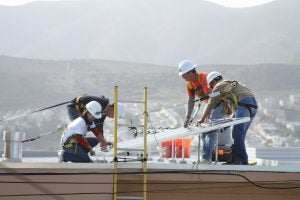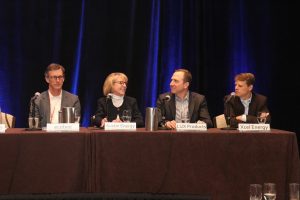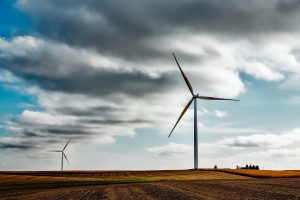
Last week the California Air Resources Board unanimously voted to finalize new regulations to reduce oil and gas methane emissions. This is the first major environmental regulation that has been issued since the new Administration took office, and sends a clear message that states aren’t going to take the new administrations attacks on the environment lying down.
Every signal from the Trump Administration – from pledging to kill the Clean Power Plan, to the recent executive orders that order EPA to begin reversing important climate protections, to the massive proposed budget cuts to the Environmental Protection Agency– indicate that the United States government is keen to undo some of the fundamental environmental protections that are critical to our health and prosperity. And yet, through these signals, California is moving forward with sensible policies that will hold oil and gas companies accountable for their operations, and their pollution. Read More










 Barely a month after his inauguration, President Trump is proceeding with plans to dismantle protections under the Clean Air Act and Clean Water Act. The targets include
Barely a month after his inauguration, President Trump is proceeding with plans to dismantle protections under the Clean Air Act and Clean Water Act. The targets include  How do we compensate those who add clean electricity to our shared power grid? This fundamental question has affected the rate at which the U.S. has adopted, deployed, and put into use clean, distributed energy resources such as energy efficiency, batteries, electric vehicles, and rooftop and community solar.
How do we compensate those who add clean electricity to our shared power grid? This fundamental question has affected the rate at which the U.S. has adopted, deployed, and put into use clean, distributed energy resources such as energy efficiency, batteries, electric vehicles, and rooftop and community solar.
 “If you want to know how wind works for America, just ask a Texan.” That’s
“If you want to know how wind works for America, just ask a Texan.” That’s 